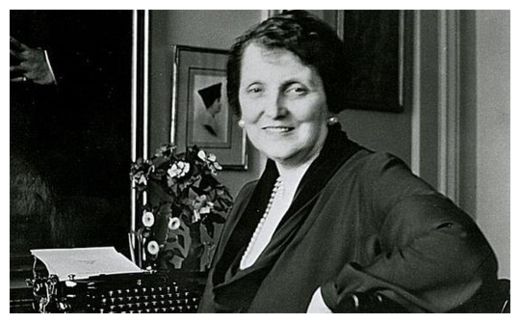
© Emily Post Institute
Good etiquette in the brave new digital world isn't rocket science. It all comes down to
common sense, consideration and communications, etiquette expert Daniel Post Senning told BusinessNewsDaily.
"Ninety-nine percent of
rude behavior can be avoided by thinking before you act," Senning said. "The fundamental principles of etiquette are honesty, respect and consideration."
He should know - etiquette runs in his family. Senning is the great-great grandson of Emily Post, the doyenne of all that mattered in manners in the first half of the 20th century. He manages Web development and online content at The Emily Post Institute in Vermont, including the company's Facebook and Twitter accounts.
Next month, the 18th edition of
Emily Post's Etiquette, the definitive arbiter of good behavior online and off, will be published (William Morrow, 2011). Senning is a co-author, charged with updating his great-great grandmother's venerable volume for the age of digital communications, mobile devices and social networking.
The particulars of what constitutes good etiquette vary with time and location, but the underlying principles are immutable, Senning said.
"Etiquette is a combination of manners and principles," he said. "Manners change, but principles are timeless and eternal. Today we know you shouldn't use your cellphone at the dinner table. That wasn't relevant in Emily Post's time."
Each generation, Senning said, has to learn the etiquette of its time. A good starting point is to extrapolate what worked in the past and apply it to the new. But it's wise to tread lightly. New technology can frequently trigger bouts of bad behavior.
Cellphones are a case in point. Unlike social media, emails and texting, they are very much "in your face."
"When the cellphone was first introduced, there was a wave of rude behavior," Senning said. "There is a learning curve. If you choose new tools, there's a responsibility to think about how they're going to affect someone."
There's also what Senning's family refers to as the "technological brick wall" that keeps people apart. Cellphone and smartphone users need to get past their devices and keep in mind that there are other people in the equation.
"Sometimes all the bells and whistles become the focus," he said. "Getting it to work can trump your consideration of the people around you."
The fault, he suggests, is not inherent in the device, it's in how its owner uses it.
"It's just a phone," he said. "It's not rude. And it's not polite."
Though the user must shoulder the lion's share of responsibility for using new technology, Senning said, a company that requires the use of these devices must also step up and provide some guidelines on what's acceptable and what's not.
The good news, Senning said, is that rude cellphone behavior has shaken out around respect for the people around us.
The next challenge for digital etiquette, Senning predicts, will be video phone calls.
"The video phone call is a fascinating phenomenon," he said.
Although many of the issues raised by video phone calls center on the visual elements, such as personal appearance and the calling environment, the real challenge will come from the way people react to the restoration of social clues to our communications, Senning said. That has been the missing link in two-dimension digital communications.
He believes it will add dimension and civility to our communications. Those are two parts of the bedrock foundation for etiquette. But it may be tough going at first.
"In the long run, it's going to get better," he said. "In the short run, there are going to be some hiccups. Whenever there is an either/or question, the answer is both."
Reader Comments
to our Newsletter